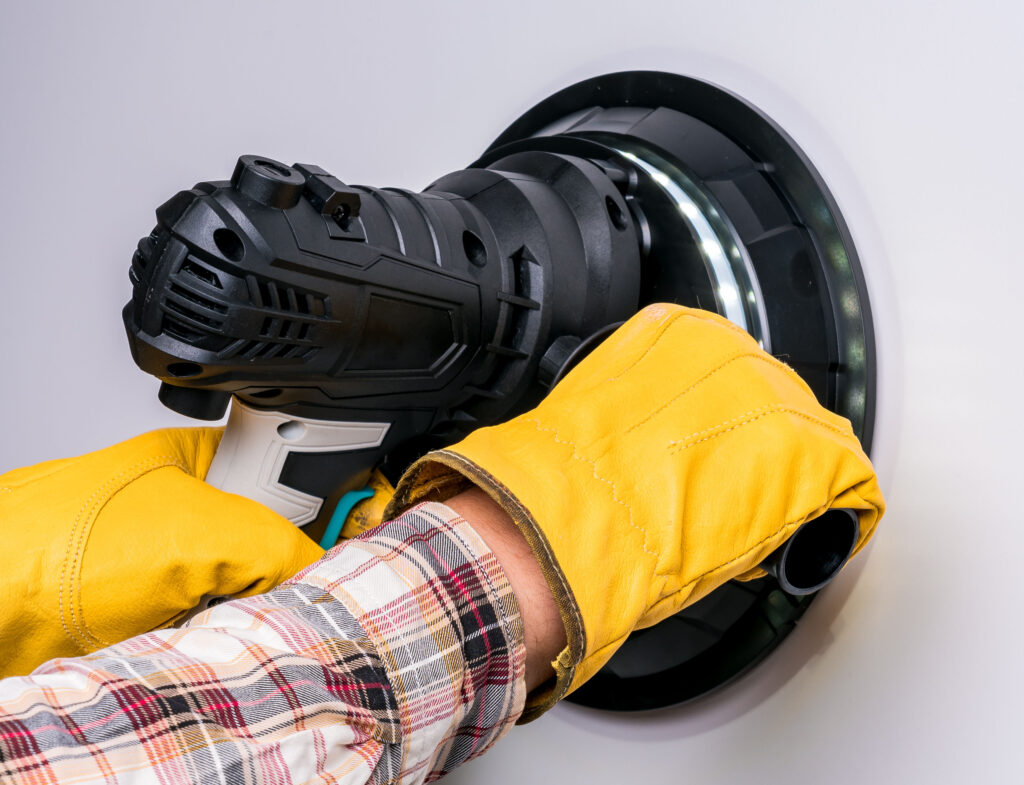For painting projects, preparation is key to getting the job done right the first time, saving you and your business time, money and resources. Without properly preparing a space, you run the risk of paint peeling or flaking away after the job is complete.
From surface prep to priming, it is important to be familiar with all the necessary steps to make sure the paint adheres, looks smooth and gives the project a clean finish that will last for years.

While it might not always be necessary to remove all of the old paint in a space, it is important to inspect the surfaces for damages or imperfections. CPIA Member PPD Painting explains that gouges, nail holes, cracks, rotting wood, rusty metal surfaces, concrete holes or blemishes will need to be repaired before painting.
If a commercial property was built prior to 1978, it is also recommended to remove old paint due to the possibility of lead being present. Old paint should also be removed if it has begun peeling, since repainting a surface with peeling paint will not be enough to fix the problem.
When preparing an indoor space for painting, an early aspect of this phase includes making sure all surfaces have been protected. If a certain surface within the space will not be painted, it is important to either remove or fully cover the area. While fixtures and furniture within a room can be easily removed, carpets should be fully covered and painter’s tape can be used on unmovable areas such as windows.
Since certain areas may have been painted prior to the current project or otherwise altered, sanding the surface as part of the preparation process can help improve the final painted product. Preparing walls and floors with a power sander or manual hand sander removes color from old paints or adhesives and can ultimately make the painting process easier. However, any unmovable contents, like carpets or rugs, should be covered completely prior to sanding.
Even if a surface appears unblemished, it is important to wipe down the area before painting. Grease, as well as dry debris including dust and hair, can linger on a surface and could poorly affect the final painted area. Cleaning the surface can be as simple as dusting the area with a microfiber cloth, but stickier substances may require dish soap and water to remove.
Properly priming the surface is crucial in surface preparation. Since areas can have different surfaces—especially when an area has already been painted or has imperfections—priming can help with paint adhesion and create a smoother paint finish.
Overall, PPD explains a prime coat ensures better paint adhesion to a surface, increases paint durability and provides additional protection for the material you are painting. Typically, paint primers consist of 20-30% synthetic resin, 60-80% solvent and 2-5% additive agent, with formulations differing depending on the surface type.
Oil-based primers should be used for “high-touch surfaces,” such as doors, windows and cabinets. Water-based primers, also known as latex primers despite a lack of latex in a primer, are suited for indoor surfaces due to milder fumes and fast drying times. Paint and primer “all-in-one” solutions could reduce the number of coats of primer needed prior to painting, for use on drywall or clean previously painted surfaces.
During the preparation phase and throughout the job itself, ensuring painters have proper airflow is critical in indoor spaces. Paint fumes are not able to build up in indoor spaces with established airflow, and paint dries more efficiently in suitable ventilation.
While not required, PPD also highlights the benefits of painting during colder weather months. Lower humidity during winter weather means that paint will cure and dry faster than if there was an excess of moisture in the air. In addition to preventing peeling or cracking, drier air conditions speed up the painting process between several coats of a color and drying times.




